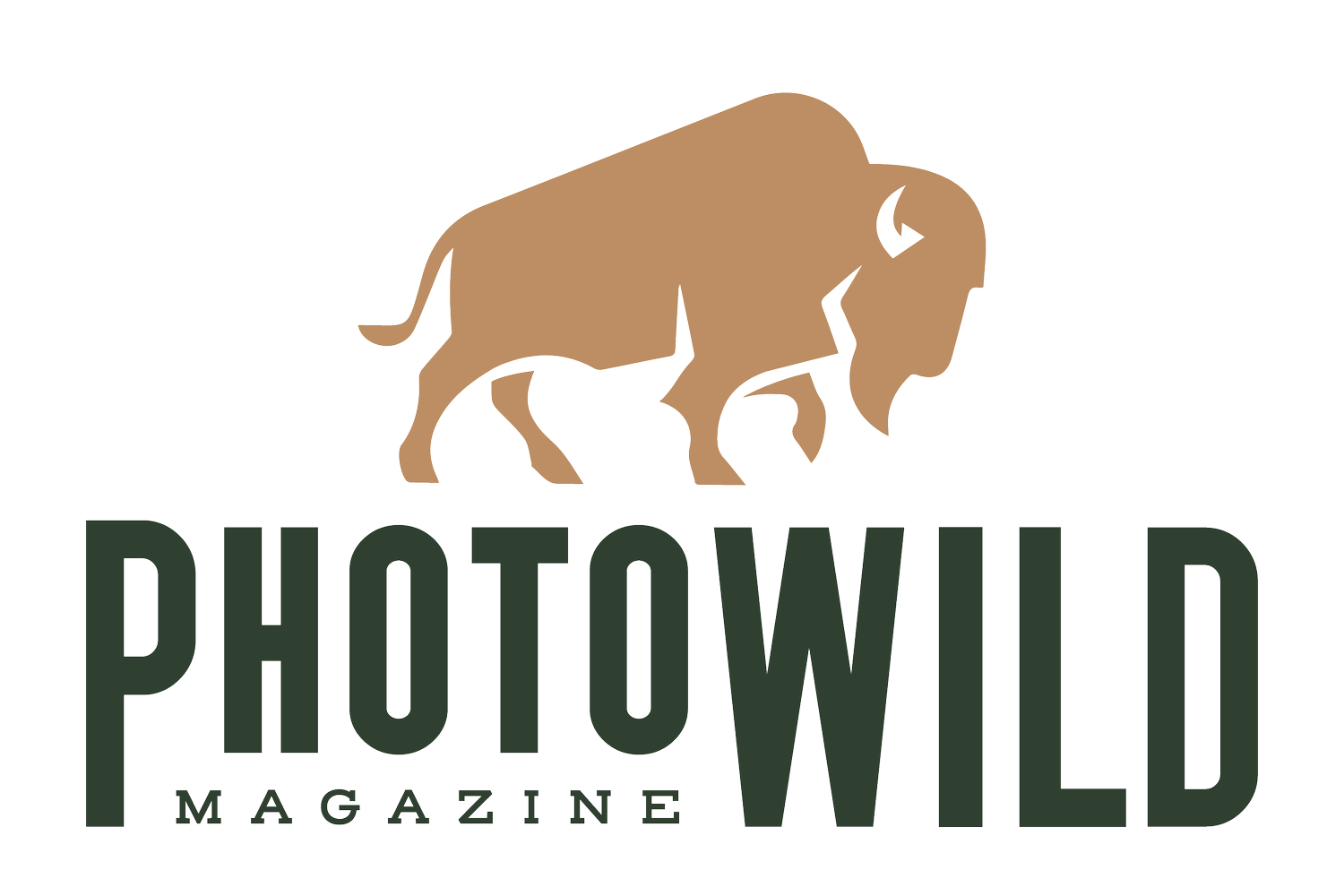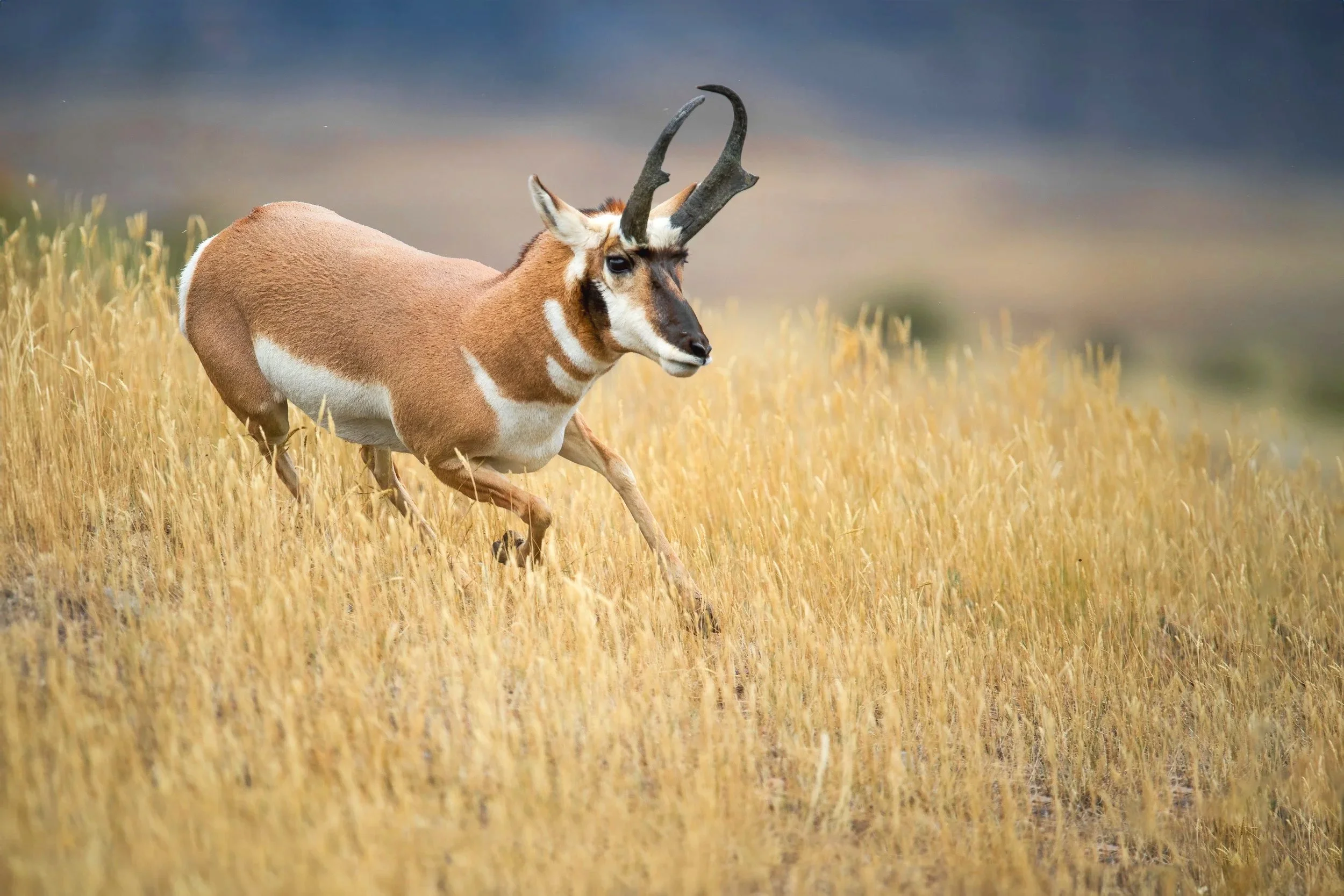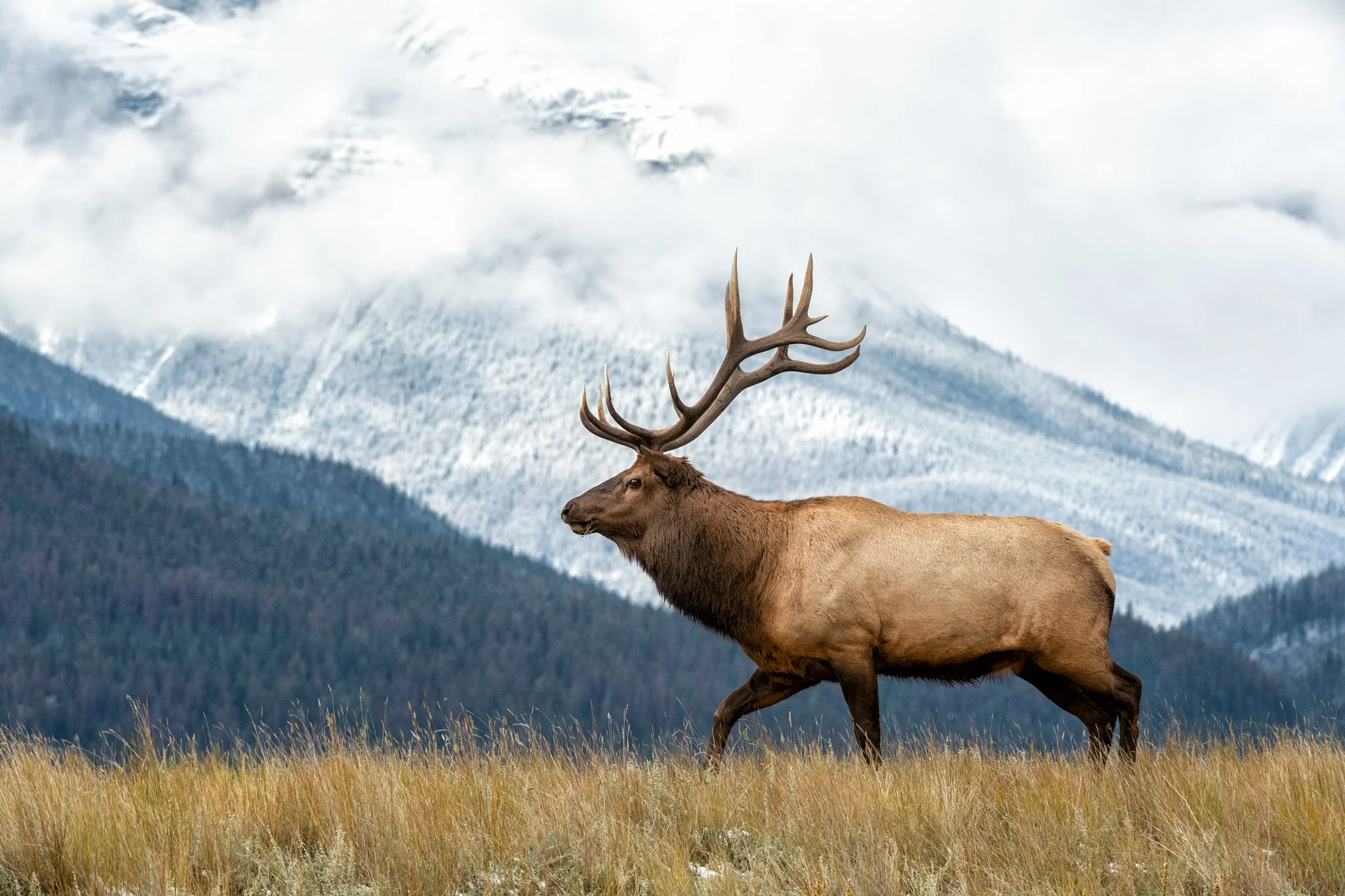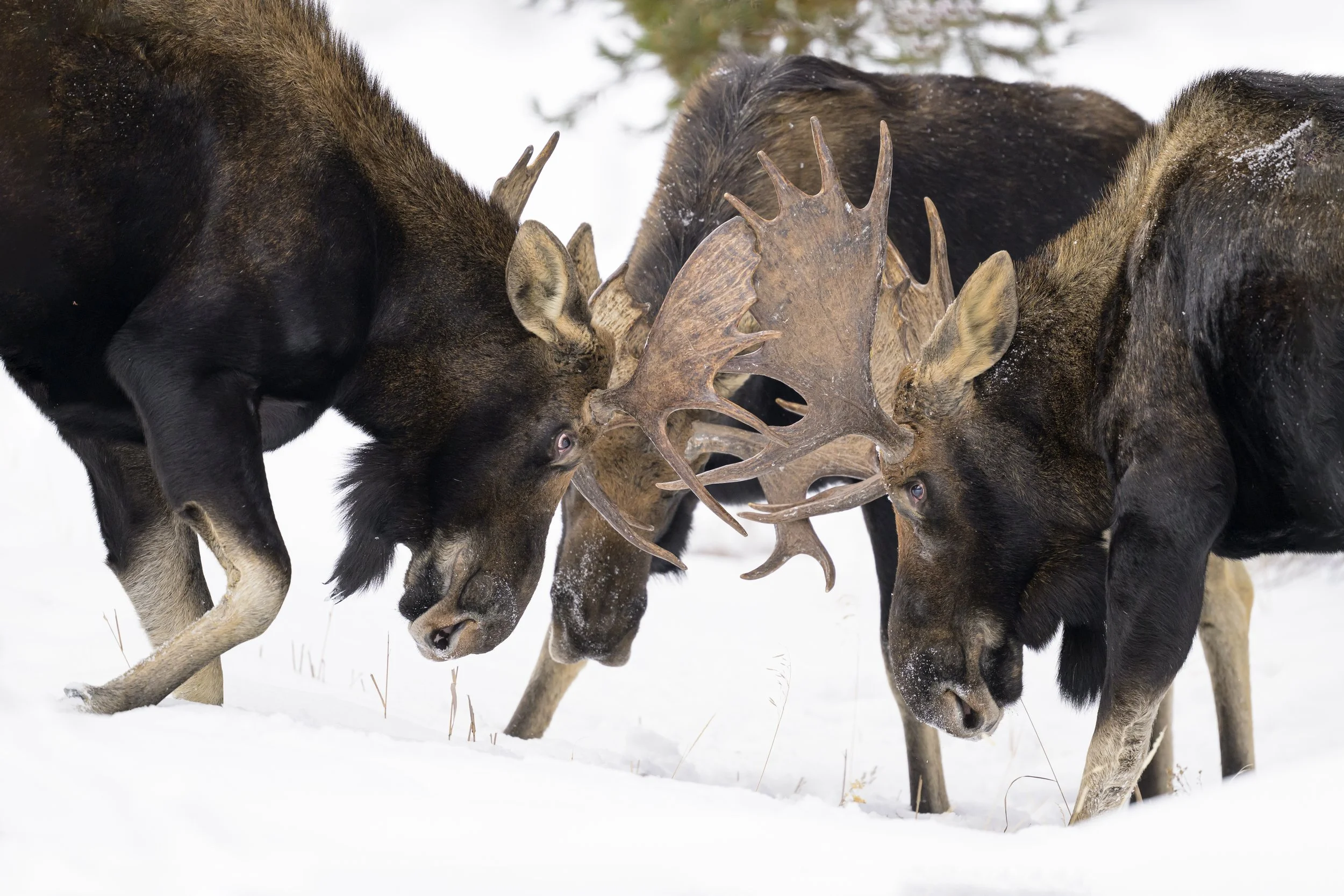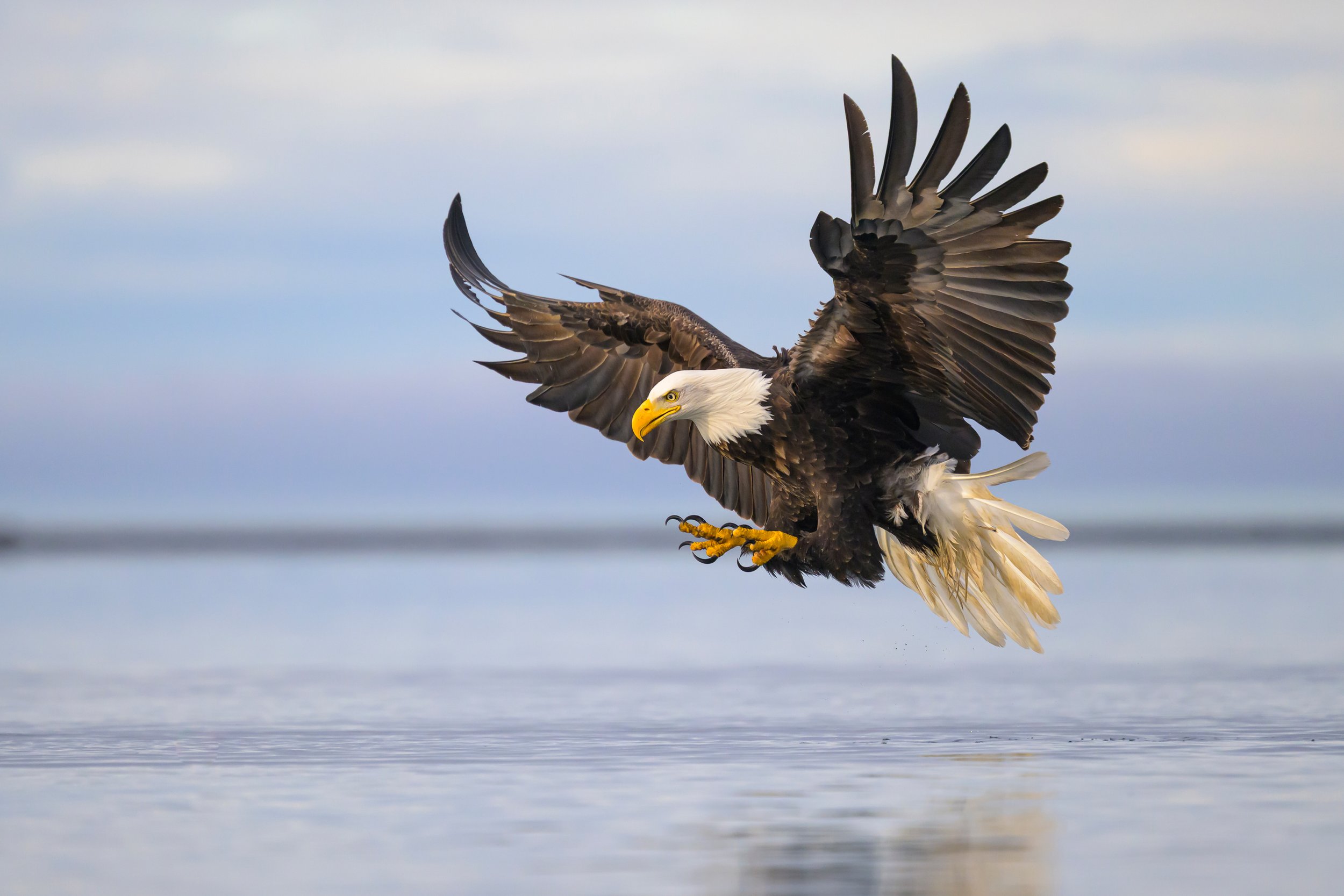
The Fall 2025 Issue Is Here.
Autumn's greatest wildlife events are unfolding right now—but only if you know where to look. Learn the science behind hyperphagia and migration. Master dramatic light through chiaroscuro. Discover why the 2025 Appalachian super mast is creating once-in-a-decade black bear photography opportunities.
The Science Behind the Rut
PhotoWILD Magazine’s ongoing series dedicated to helping you prepare for one of the greatest wildlife events of the year - because fieldcraft starts with knowing your subject.
The Science Behind the Madness
This in-depth feature explores the science and spectacle of the rut, when North America’s ungulates enter a hormone-fueled battle for the right to breed. Blending field experience with biology, it examines the costs, strategies, and evolutionary stakes of this high-risk season, geared specifically for wildlife photographers.
The Wildlife Photographer’s Guide to the Bison Rut
The bison rut is North America’s first, longest, and most dangerous breeding season — a dramatic battle of strength and survival. Learn the science, behavior, and fieldcraft techniques to photograph and understand this iconic wildlife spectacle.
The Wildlife Photographer’s Guide to the Pronghorn Rut
The pronghorn rut is a high-speed breeding season fueled by female choice, territorial conflict, and raw endurance. Discover the science, strategy, and fieldcraft needed to photograph this fast-paced spectacle on the open prairie.
The Wildlife Photographer’s Guide to the Elk Rut
The elk rut is the continent’s most iconic tournament of power, stamina, and survival. Learn the science, behavior, and fieldcraft behind photographing this dramatic spectacle in the heart of North America’s wild landscapes.
The Wildlife Photographer’s Guide to the Moose Rut
The moose rut is a testosterone-fueled collision of size, aggression, and acoustic dominance. Learn the timing, behavior, and fieldcraft needed to photograph the world’s largest deer.

FIELD NOTES
Field Notes is our free email dispatch for wildlife photographers who care about behavior, ecology, and the real work behind the image.
Delivered weekly. No fluff. Read by over 20,000 serious wildlife photographers around the world.
